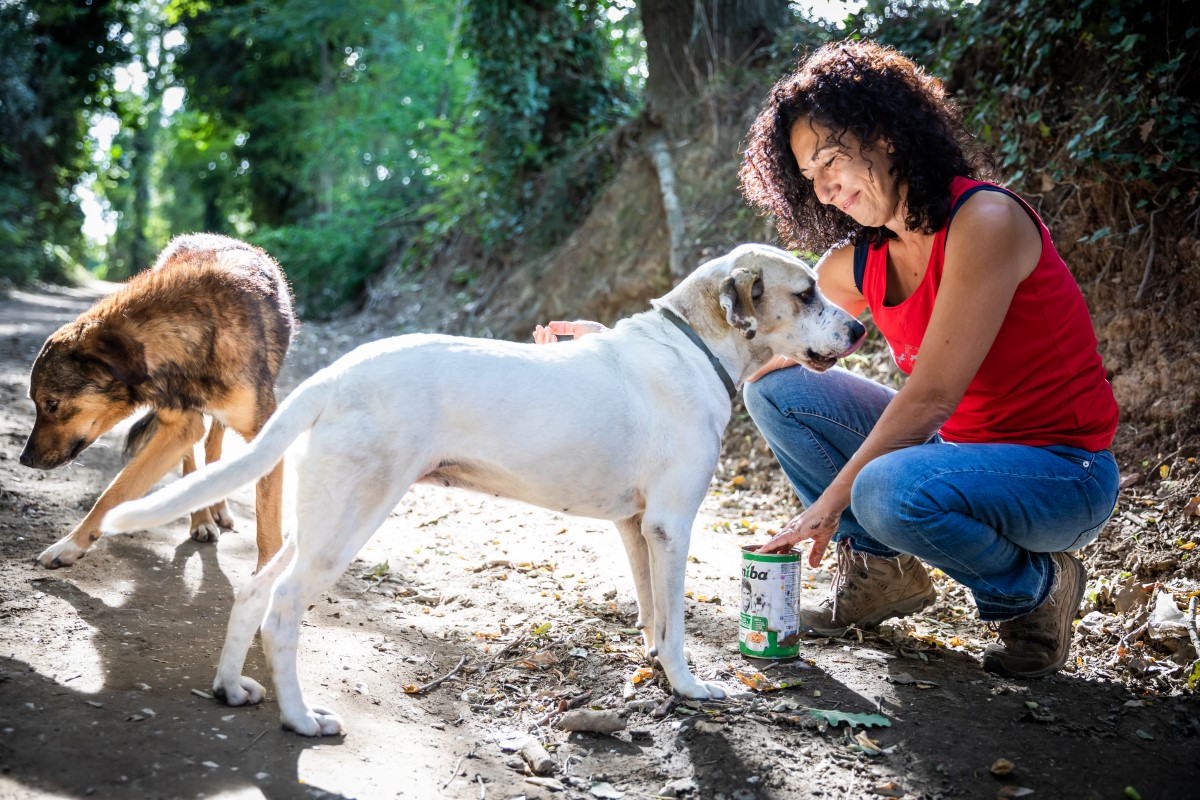Does a dog living wild always need rescuing?
When talking about dogs that are roaming wild in nature there is a danger of not distinguishing between the various types, and thereby making the mistake of thinking that all dogs fall into the same category.
On the contrary, it is necessary to differentiate between the different groups of free or undomesticated dogs in order to be able to analyze the situation correctly.
- privately-owned dogs: this includes all animals that are considered household pets and that are looked after by humans, in varying ways and for various reasons, whether they are kept because the owners feel a emotional bond with them or because they serve a specific purpose. This category includes all dogs living in a home with a human companion;
- semi-owned vagrant dogs: this category refers to all dogs, including those not registered with the canine registry (and therefore not traceable to a specific owner), who may belong to someone or in any case be provided with food and shelter by someone specific. These are often working dogs that have been let loose, especially once they are no longer able to perform their duties. In some cases, these “liberated” animals become “dogs belonging to the whole neighborhood”, and are generally looked after by the inhabitants residing in a local city or town;
- stray dogs: these are animals that have no particular attachments or relationships with humans that roam the territory looking for food and shelter. They may, for example, have been abandoned, or they may be the product of breeding litters that are part of a pre-established social group or pack. Wild and semi-feral dogs that do not like to live close to humans and may even be afraid of them should also be included in this category. These types of dogs have to some extent chosen to follow the diametrically opposite path to the one which led to their domestication many thousands of years ago.
 In analyzing these different typologies, it is clear that each category has a different but specific set of requirements. So just how well are human beings able to understand these differences? Are we so sure that every single dog needs an owner, a home and a sofa to lie on in order to find contentment?
In analyzing these different typologies, it is clear that each category has a different but specific set of requirements. So just how well are human beings able to understand these differences? Are we so sure that every single dog needs an owner, a home and a sofa to lie on in order to find contentment?
The answer to this question is extremely complex and nuanced, but looking at the overall summary we believe that this is not always the case for every dog, for a number of diverse reasons.
Take for instance a wild or feral dog, which has been lured into a trap with food and has perhaps been taken to a dog pound. After a period of time, despite not really being a domestic dog, he or she is adopted by a family. It is very unlikely that this kind of animal will be able to lead a peaceful existence in a family home, and this may even result in the development of demonstrable phobias.
It is absolutely vital to understand whether the individual animal we are dealing with is physically able to live in a given situation, or not. In order to ascertain this, it is necessary to carry out behavioral assessments, so that we can determine whether the dog in question is suited to living with a family in a domestic context. When we see a dog at large, we therefore have to learn to observe his behavior and ask ourselves some questions before intervening: for example, is the dog in mortal danger? I would like to give him some food, but he is not scrawny and he doesn’t look as though he is undernourished, so actually it is probably not necessary, and could even could harmful to him. If I see a dog running around loose, is it possible to patiently observe the animal and understand what the real situation is, before automatically assuming he has been abandoned or is in danger? Why not ask around and check if he has already been seen in the area or is being looked after by someone?
There are many more questions that need to be asked, and the answers lead to consequences that are far more complex than can be analyzed in a single article, hence our desire to consult with experts who know the area well, such as local associations and professionals who are used to dealing with this issue.
An appeal must also be made to the passionate volunteers who take care of animals that appear to be in difficulty: the key is to observe what is going on, find out as much information as you can and not react solely by following our emotions. This is the only way that we can actively support residents and local government bodies. Cohabitation with dogs living in the wild can then be more harmonious, we will be able to guarantee more responsible adoptions, and potential problems for both families and our four-legged friends can therefore be avoided!
